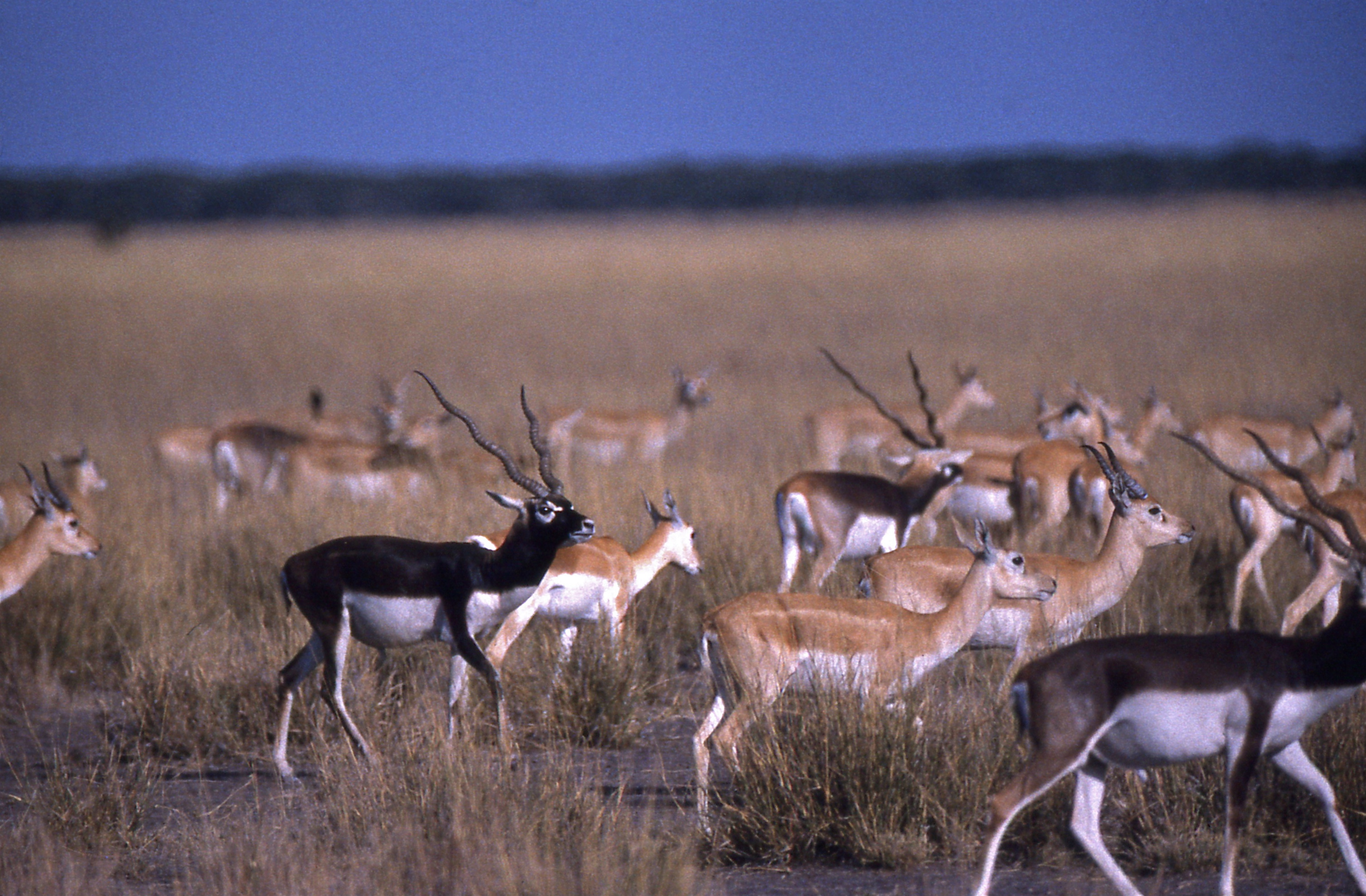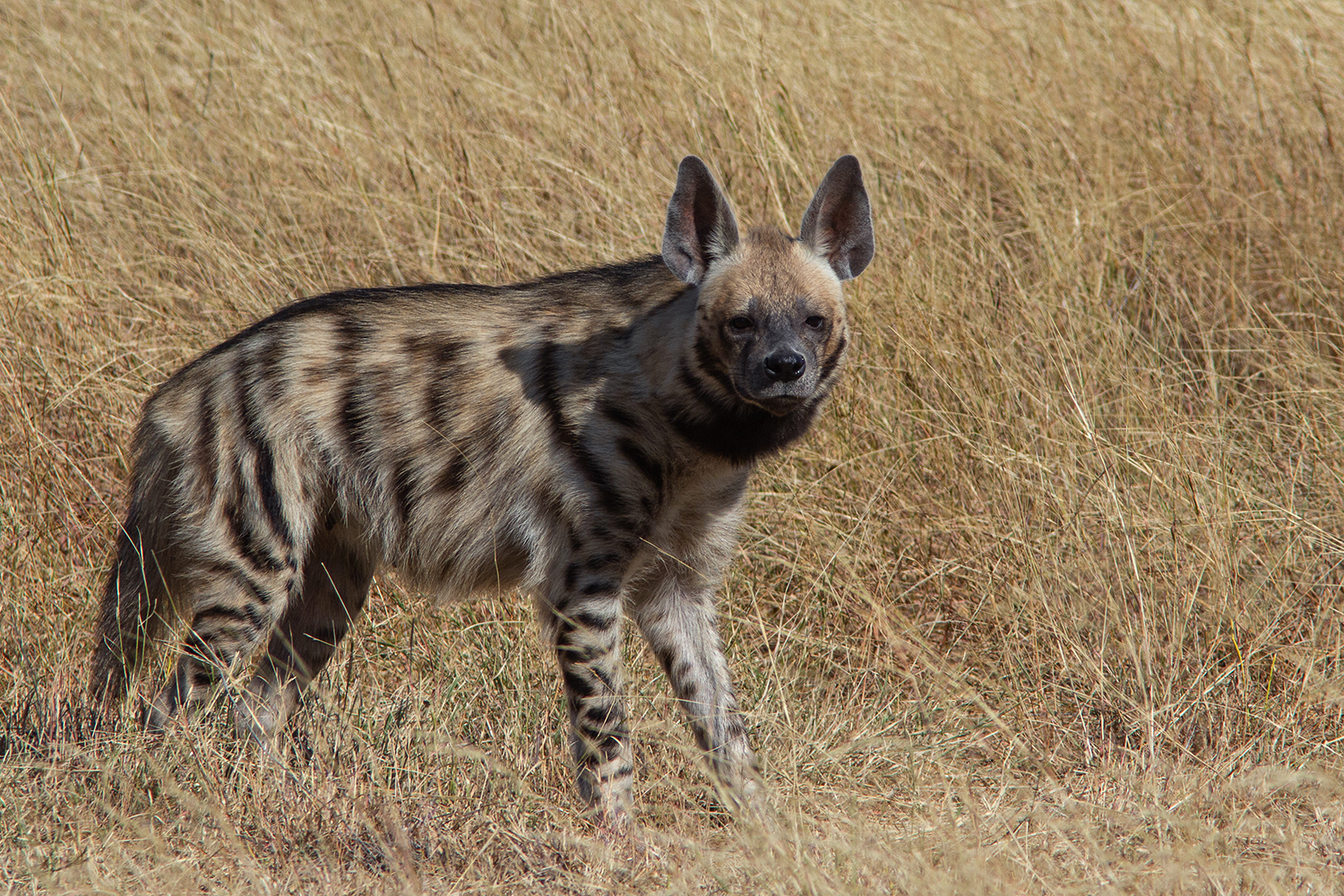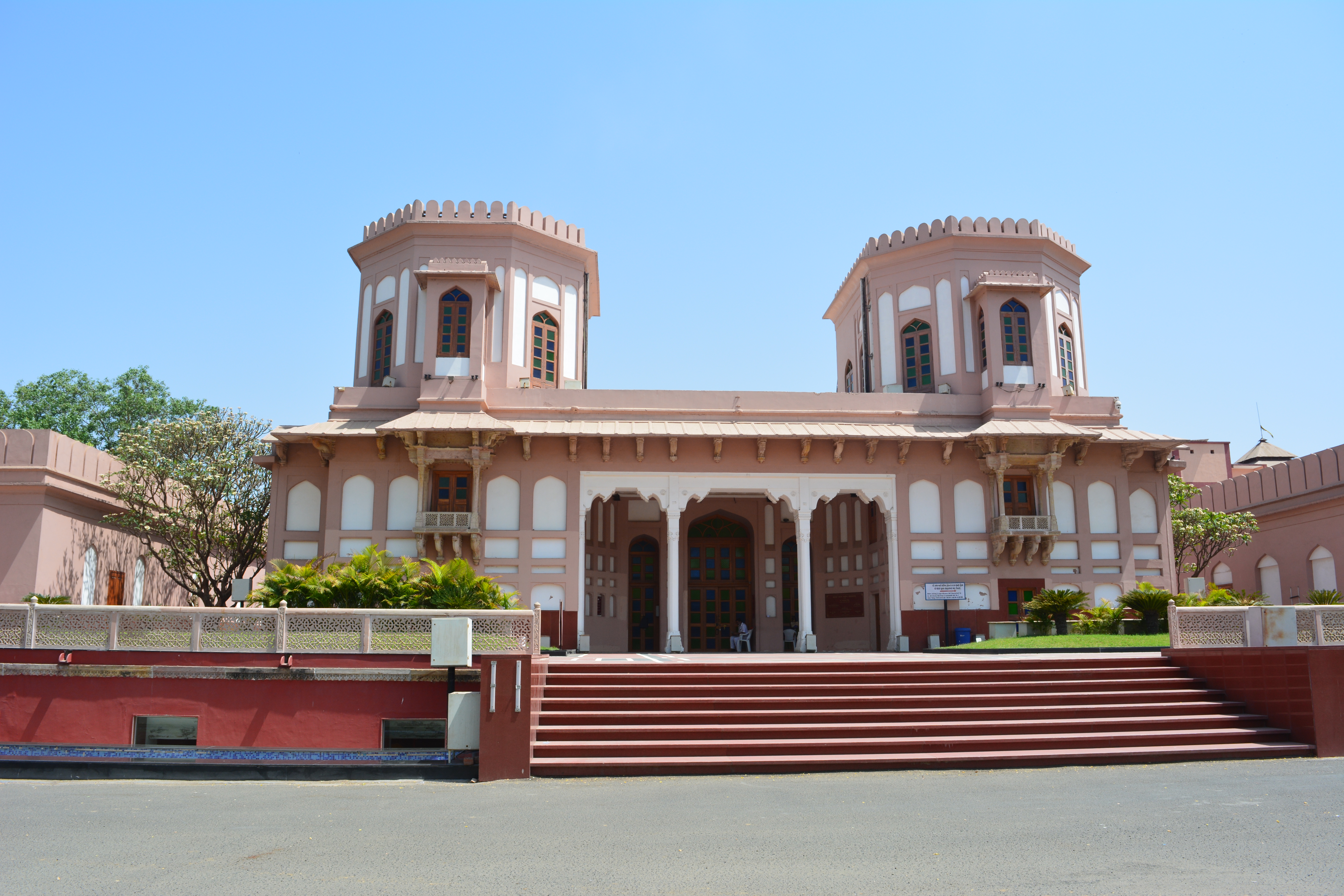Blackbuck National Park represents a fascinating intersection of wildlife conservation, historical preservation, and ecological significance. Located in Velavadar, Gujarat, this sanctuary emerged from the private hunting grounds of the Maharaja of Bhavnagar, transforming from a royal hunting estate to a critical conservation area for endangered blackbucks and diverse wildlife.
The park's ecological landscape is remarkably unique, characterized by expansive grasslands, shrublands, mudflats, and saline plains that create an intricate ecosystem supporting numerous species. Its geographical positioning between the Parvalia and Alang rivers contributes to a rich biodiversity that attracts wildlife enthusiasts, researchers, and photographers from across the region.
Historical narratives reveal the park's remarkable transition from a royal hunting ground to a protected sanctuary. Following India's independence, the unregulated hunting periods threatened blackbuck populations, prompting decisive conservation efforts. In 1976, a small grassland area was initially declared a sanctuary, which was subsequently expanded to approximately 34 square kilometers by 1980, establishing a critical refuge for these magnificent animals.
The park's wildlife composition is extraordinarily diverse, hosting over 140 bird species, Indian wolves, nilgai, and of course, its signature blackbuck population. What makes this ecosystem particularly fascinating is the nuanced relationship between local farmers and wildlife, where predators like Indian wolves are viewed as protective agents rather than threats, demonstrating a rare harmony between human agricultural activities and natural habitats.
Migratory patterns and seasonal variations significantly influence the park's ecological dynamics. During specific times of the year, the open grasslands become a temporary home for numerous bird species, transforming the landscape into a vibrant, dynamic ecosystem. The absence of dense forest cover provides unprecedented visibility, making it an ideal location for wildlife observation and photography.
The cultural significance of Blackbuck National Park extends beyond its ecological importance. The historical context of the Maharaja's hunting grounds, complete with trained cheetahs and exotic hunting practices, adds a layer of intrigue to the park's narrative. This rich history contributes to the park's appeal, making it more than just a wildlife sanctuary but a living museum of natural and cultural heritage.
Modern conservation efforts have been instrumental in maintaining the park's ecological balance. Strict regulations prohibiting hunting and grazing have allowed wildlife populations to stabilize and thrive. Managed jeep safaris provide controlled access, enabling visitors to experience the park's natural beauty while minimizing human interference with the delicate ecosystem.
The park's location near the Gulf of Khambhat further enhances its ecological significance, creating a unique transitional zone that supports varied wildlife adaptations. Its semi-arid landscape, combined with proximity to agricultural fields and water bodies, makes it a complex and fascinating natural environment that continues to intrigue researchers and nature enthusiasts alike.






